About This Course
A seminar on the state of dog training and behavior
The world of dog husbandry and training is in dire need for another quantum leap! The time is long overdue for all dog professions (breeders, veterinarians, pet store retailers, trainers and shelters/rescues) to utterly reevaluate and refocus their practices and to champion a combined focus on educating prospective and new puppy owners vis a vis puppy raising, so that puppies stay in their original homes instead of being surrendered to shelters as adolescents.
Just as we have great owners and not so great owners, it is truly a sobering thought that, by definition, in any profession, when assessed according to any criterion, 50% of professionals fall below median. Dog owners have had an enormous impact on the improved selection of quality products offered in pet stores. As educated consumers, prospective owners can have and probably, will have, similar expectations and effects on breeders, shelters and trainers. From breeders, owners will be looking for puppies that at the very least have been housetrained, chewtoy-trained, manners trained and socialised to people. Similarly, from shelters/rescues, adopters will be searching for dogs that have been housetrained, chewtoy-trained and manners trained during their stay and are now friendlier and more confident. From trainers, puppy and dog owners will be looking for the easiest, quickest, most effective and most enjoyable training techniques that offer immediate and enormous benefits.
We really can’t keep blaming irresponsible pet owners if no one tells them what to do (before they make predictable and preventable mistakes). The requisite puppy-raising educational materials are readily available but they need to be universally distributed (via email) by all dog professions to all other dog professions and eventually, to all dog owners. Some dog owners might get another puppy. More likely though they will know a friend or neighbor who is searching for one and so, pass along the information. Additionally, put the materials on your company website for free download.
The educational materials may be customized with your business name and contact information and so, you may brand your dog business in the community as the one trying to make a difference. Remember, it only takes just one dedicated and persistent person to cause a change. Disseminating information is so doable these days given the technological advances in social media.
Dr. Dunbar has created a number of Behaviour Programs for Dog Professionals to evaluate practices and to coordinate and accelerate the distribution of educational materials to prospective and new puppy owners.
1. To encourage Breeders to at least housetrain, chewtoy-train, teach basic manners and socialise their litters and especially, to preferentially breed for longevity. Longevity is the best indicator of physical and behavioural health. It is simply not right that so many pure-bred dogs predictably die so young.
“A live dog is better than a dead lion.” Ecclesiastes 9
2. To encourage Veterinary Practitioners to take full advantage of their most unique and enviable position of seeing every breeder, most prospective puppy owners (existing clients) and nearly every new puppy owner on several occasions when puppies are brought in for immunization shots. This is the optimal time for puppies and their owners to receive an educational vaccine. Of all the dog professions, veterinarians have by far the best opportunity to prevent the development of utterly predictable and easily preventable dog behavior and temperament problems. “It is easier to build strong puppies than to repair broken dogs.” (With apologies to Frederick Douglas.)
3. To encourage Pet Store Retailers to disseminate the same educational materials (i.e., instructions for use of dog products) to prospective or new puppy owners that come to purchase food and supplies. For example, puppy owners need to know why they are buying a dog crate — to prevent mistakes around the house, to autoshape chewtoy chewing and to predict when the puppy needs “to go” so that it can be taken to a toilet area and trained to eliminate on cue.
4. To encourage all Shelters/Rescues to adopt an in-house, behavior and training programme, such as Open Paw — at the very least including, housetraining, chewtoy-training, basic manners and ongoing socialization with people and other dogs. Simply housing dogs in cages is not sufficient. For example, without regular toilet breaks, a previously housetrained dog will be forced to soil its living area. Sheltering is supposed to make homeless dogs more adoptable, not less adoptable. But even more important, shelters/rescues must strive to stop the problem at the cause and so, reduce shelter input. Of all the dog professions, with their enormous mailing lists, animal charities have the best opportunity to disseminate puppy-raising materials to dog people.
5. To encourage Dog Trainers to be the people that catalyse the change in their communities by being more proactive in promoting their businesses and at the same time, educating prospective and new puppy owners by emailing the educational materials to all clients, all other dog professionals, all local media and to anyone and everyone.


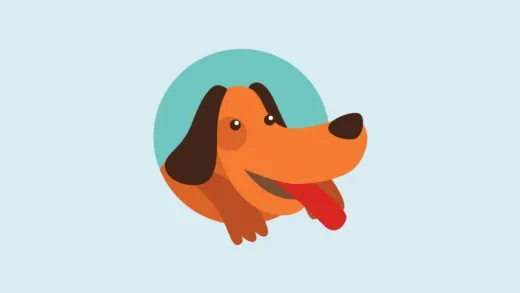
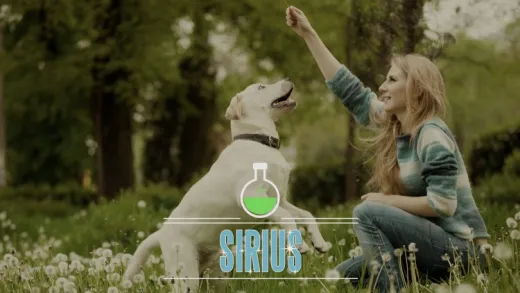
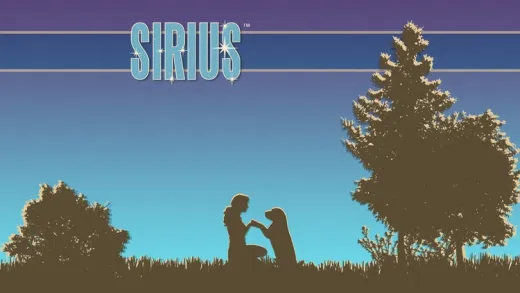
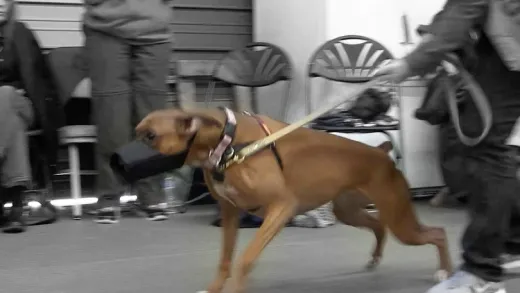
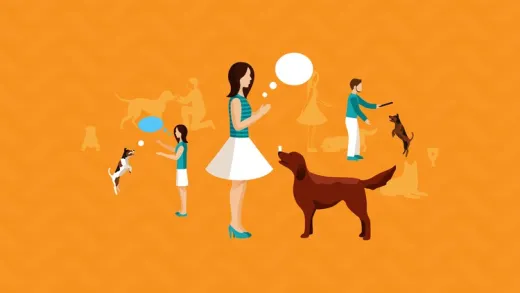


Catanese B.
Very good